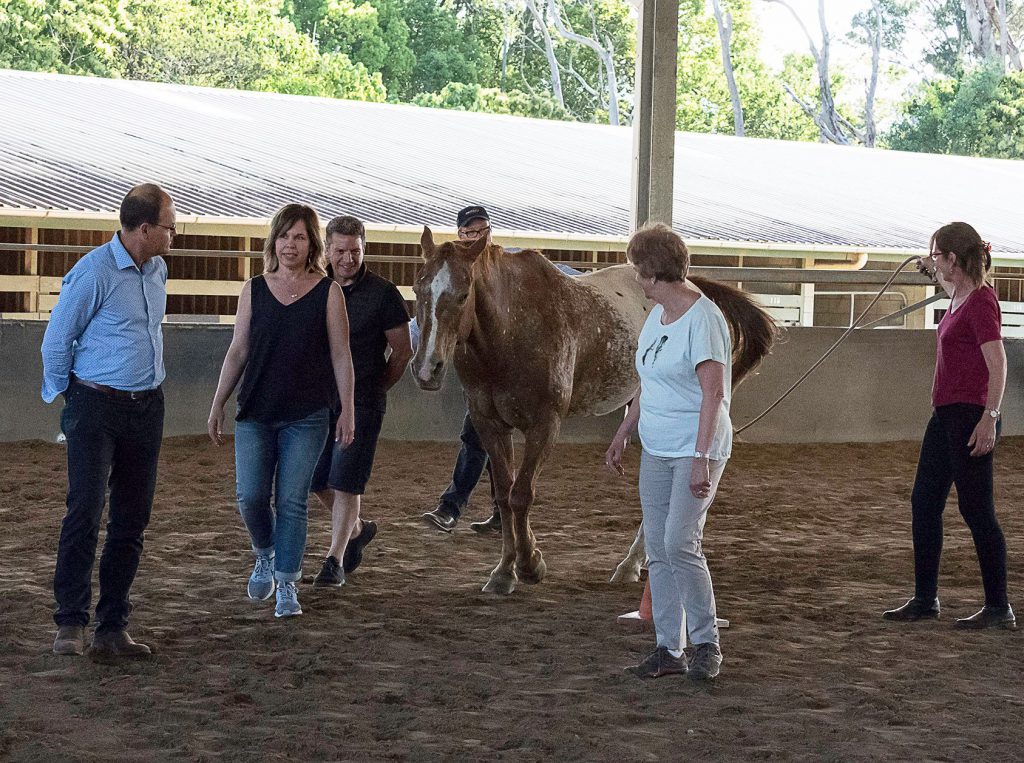What this horse taught us about failure
 Ever heard the expression “you can lead a horse to water but you can’t make it drink”? Well, try taking away the lead and I’m not sure you’ll even make it to the water.
Ever heard the expression “you can lead a horse to water but you can’t make it drink”? Well, try taking away the lead and I’m not sure you’ll even make it to the water.
This is a real photo taken from our AltusQ coach conference last week. The exercise was one in self-awareness to gain leadership insights and the horse was there to teach us some simple lessons.
The task - in teams, lead the horse around a complex circuit
The challenge - no halter, no lead, no verbal communication, no touching the horse
Horses apparently are perfect for this as they are lightening fast intuitors of character and can spot a lack of authenticity a mile away. They also have almost 360° vision so are highly sensitive to visual cues. Their eyes are on the side of their head so they can see what’s beside and behind without turning their head.
Horses communicate mainly through body language. Given that as much as 90% of our communication is through body language, their feedback on the congruence of our thoughts and actions is fast (in our case, the horse simply stopped, planted its feet and yawned).
Influencing a horse requires you to be fully present, focused on the goal, no agenda, no hierarchy,no judgement.
So, what did we learn from success and failure?
- Purposeful, focused leadership teams connect, frantic leadership teams disconnect
- Clear goals create confidence
- Influence requires being fully present and is a reflection of our ability to engage collectively our head, heart and gut
- Congruence of thoughts and actions is deeply connected to trust.
Horses, like people, require their leaders to have their best interests at heart and confidence in leaders is enabled by clear direction. Integrity is the glue, the stickiness that connects followers to leaders, the foundations of agility in times of change.
Bailey reminded us that success and failure are relative. The productive use of failure, a key attribute of high performing teams, comes when you deconstruct what worked and what didn't, identifying what specifically was different, defining what worked and doing more of that. Doing this regularly with your team is a certain way to uplift the team's performance.
[ Return to QLead ]


Great article Jill.